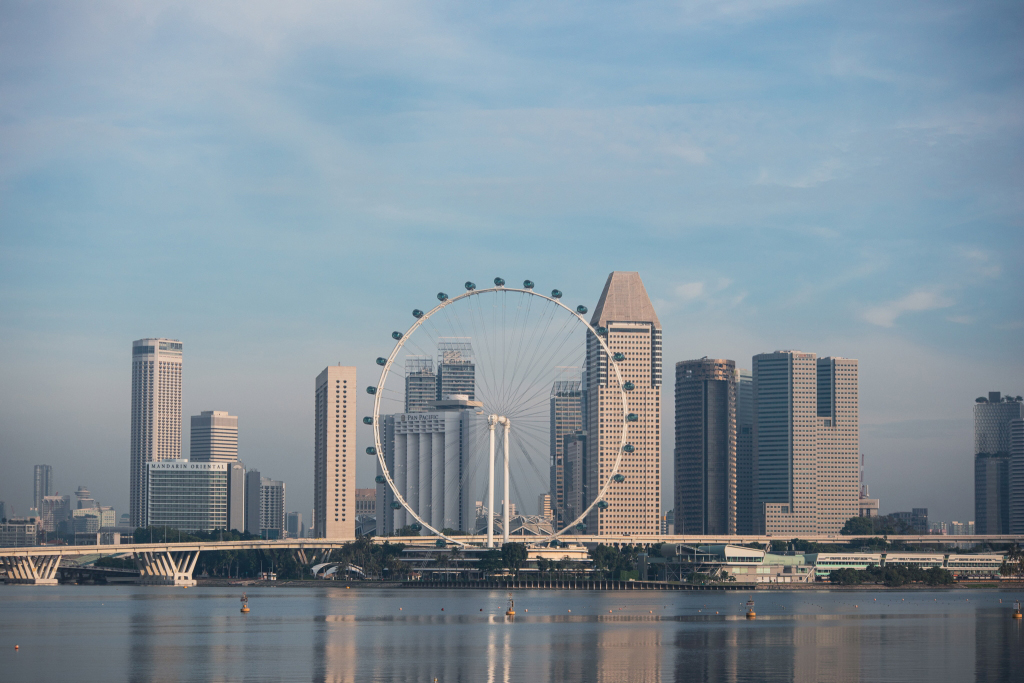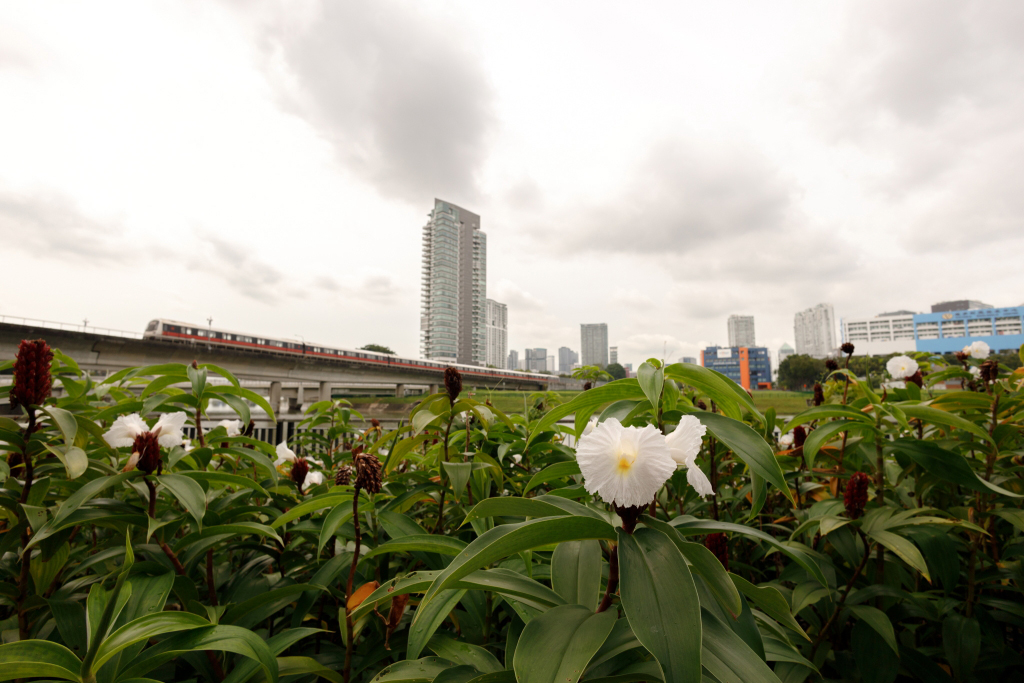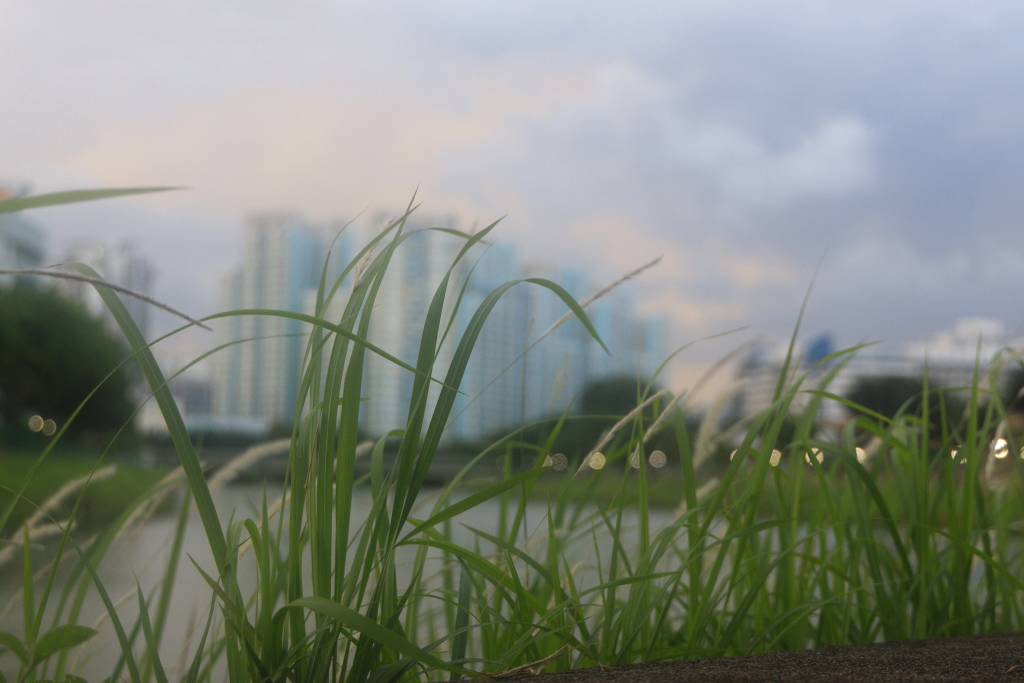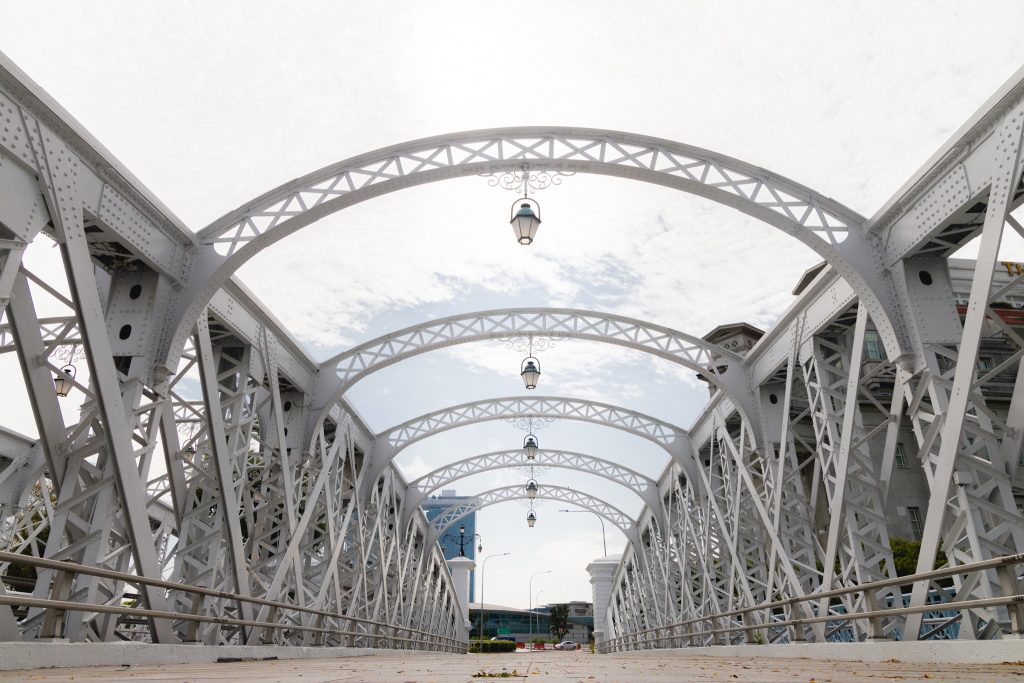Composition is the art of deciding what to include in the image frame and how to present them. Besides concepts like colour theory and guidelines like the Rule of Thirds, the lens that you choose and how you use it also play a huge part in the final impact of your shot. Here are some important lens concepts to help you make the most of your lenses, master the art of composition, and take your photography to new heights.
1. How focal length affects the angle of view
1. How focal length affects the angle of view
If you have been shooting for a while, you probably already have some sense of how the focal length used affects the angle of view, i.e., how much of the scene in front of you is captured on the camera’s image sensor and included in the image.
For example, let’s look at the images below, which were shot at 24mm, 45mm, and 105mm from the same spot. What do you notice about how much is included? How about the size of the subjects, such as the Ferris wheel?

A shorter focal length (such as 24mm) provides a wider angle of view. That means more of the scene is captured in the frame. For example, a focal length of 24mm on a full-frame camera captures an 84° view of the scene. Objects will appear smaller in the frame.
A longer focal length gives a narrower angle of view, i.e., captures a smaller part of the scene. For example, a focal length of 45mm on a full-frame camera covers around 51.4°, whereas 105mm covers around 23.3°. Objects will appear bigger in the frame.
| Shorter focal length | Longer focal length | |
| Angle of view | Wider | Narrower |
| Size of objects at a given distance | Smaller | Bigger |
Of course, your distance from the subject also matters. When you are nearer to the subject, you can fill more of the frame with it even with a shorter focal length.
The same Ferris wheel, shot at approximately 88mm. It looks bigger than the 105mm example in the GIF because the shooting spot was nearer.
You can use this knowledge to choose the best lens to use for the scene that you are shooting. How far away will you be from the subject? How much space do you have to move? How much of the surrounding context do you want to include? The shooting conditions are as important as your intent. Many people associate landscape photography with wide-angle lenses, but some stunning scenes are best captured with a telephoto lens!
Also see:
Getting Started in Landscape Photography: 5 Things to Know
Know this: Focal length affects more than just framing
Changing the focal length can also influence other visual factors, such as bokeh and perspective. For example, if you want a subject to appear bigger in the frame while using a short focal length, you usually end up shooting closer to it. This gives a completely different outcome compared to if you were to zoom in on the subject using a longer focal length. It’s interconnected with the other concepts in this article: read on to find out more!
Also see:
Professional Composition Techniques (3): Making Good Use of Lenses
2. Depth of field and bokeh control
2. Depth of field and bokeh control
Depth of field refers to the zone in a scene that appears to be in focus in an image.
Bokeh refers to the aesthetic quality of the blur that is created in the parts outside this in-focus zone.
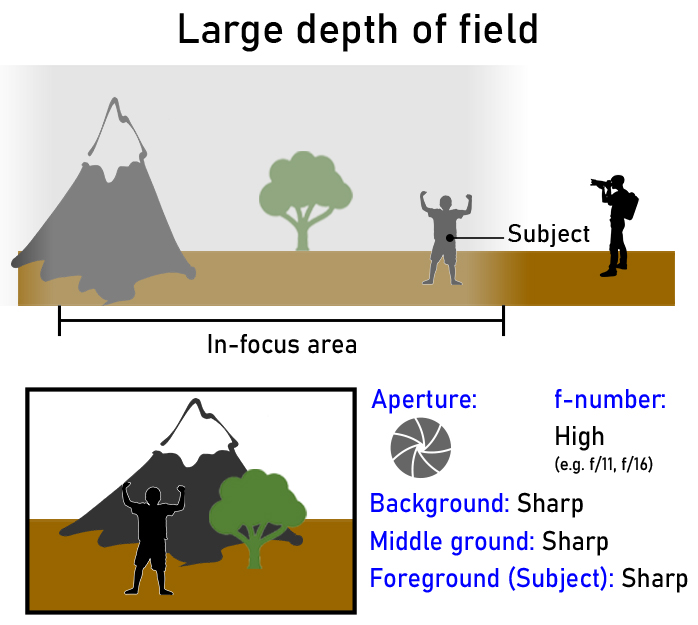

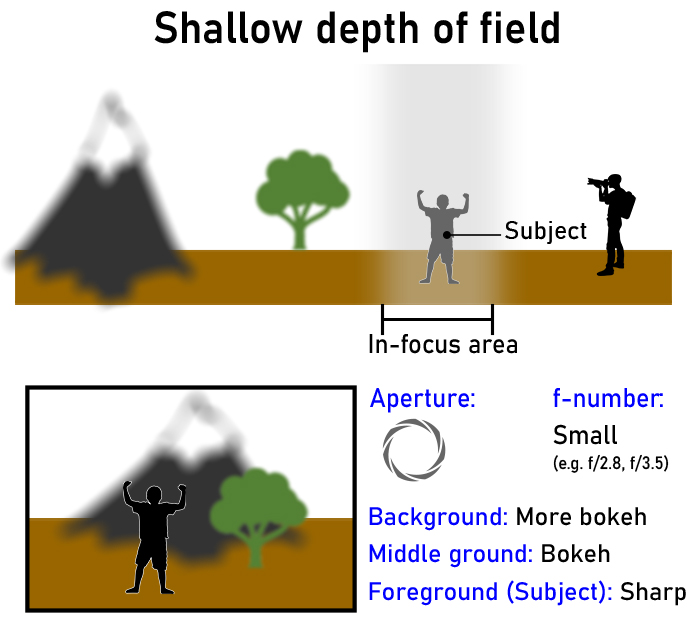
Note: Images above are for illustration purposes only. If a scene is very deep, even the narrowest aperture may not be able to put everything in focus!
Where you place the focus and how much of the image is in focus is essential for storytelling. In some situations, you may want to create bokeh so that your subject stands out better against it. In other situations, you will want more depth of field (and less or no bokeh) to put more of your subject in focus or reveal more background details.
The relationship between depth-of-field and aperture
f/1.2

f/8
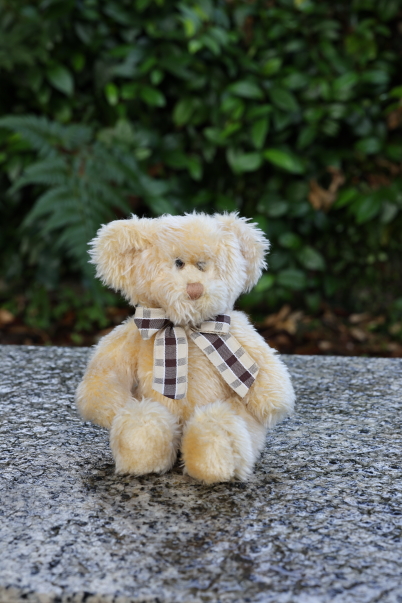
Most photographers will be familiar with the relationship between bokeh and aperture:
- Smaller f-number (wider aperture) = shallower depth of field, more bokeh
The “faster” your lens (the wider its maximum aperture), the more you can blur out the background and foreground when shooting from the same position at the same focal length.
Pro tip: Know the factors that affect bokeh
If shooting conditions permit, you can make use of the other factors to maximise bokeh, even if you don’t have a very fast lens! Here’s a quick recap.
Focal length
f/11 on the RF600mm f/11 IS STM
Longer focal lengths inherently produce a shallower depth of field, which is why the background here looks extremely blurred even at f/11.
Distance between the lens and the subject
16mm, f/8, further from the subject, focus placed on the flower in the foreground
16mm, f/8, nearer to the subject. Notice how the building in the background looks more blurred.
Tip: To shoot this close to a subject while keeping it in focus, you need a lens with a short closest focusing distance.
The nearer the tip of the lens to the subject, the shallower (thinner) the depth of field. This is why it can be so challenging to get a subject in proper focus during macro photography, especially at the widest aperture setting.
Distance from the background
Shot on the RF24-105mm f/4L IS USM at 47mm, f/4. The apartments in the background are around 700m away.
A background that is further away from the subject (focal plane) will appear more out of focus.
For more details, you can read the following articles:
Lens Basics #3: Creating Bokeh
My Zoom Lens Doesn’t Have a Very Bright Maximum Aperture. How Can I Get a Large Bokeh Out of It?
3. The relationship between lenses and perspective
3. The relationship between lenses and perspective
In photography, perspective refers to how near or far objects appear to be from each other.
This is related to the size of objects in photos. When something looks bigger, we tend to think that it is nearer to us. When something looks smaller, we tend to think that it is further away from us.
Short focal lengths exaggerate perspective. Objects that are near the lens look bigger than usual, whereas those that are further away look smaller.
Meanwhile, at longer focal lengths (shooting more telephoto), perspective is compressed. Faraway objects are “pulled in” and look bigger and closer, making the image look flatter.
| Short focal lengths (wide-angle) |
Long focal lengths (telephoto) |
|
| Objects near the lens | Look disproportionately bigger | Not much change to proportions Might get blurred if they are nearer than the closest focusing distance |
| Objects that are far away | Look smaller | Look bigger |
| Background | Looks further away | Looks bigger and nearer |
| Distances between objects | Look longer | Look shorter |
| Effect on perspective | Exaggerates perspective | Compresses perspective |
| Possible effect on depth* | More depth (Scene looks deeper) |
Less depth (Scene looks flatter) |
*How obvious this is depends on the scene and your composition!
16mm
The shells cooking in front look very large compared to the meat behind. A great way to draw attention to food as long as the distorted shapes are not an issue!
24mm
The exaggerated perspective makes this bridge look large and imposing.
120mm

By @allenlo0809. Telephoto compression brings out the rainbow effect of these colourful arches!
Find out about this shooting spot, how this image was achieved and more in #hellofromTaiwan: 6 Photography Spots Around Taiwan for Symmetry Lovers
200mm

By @donamtykl. Telephoto compression “pulls in” the iconic signs of Bangkok’s Yaowarat district in the background and makes them look larger.
Find out more about this neighbourhood and other sights of Bangkok in #HelloFromBangkok: 3 Photogenic Districts to Explore from Day to Night.
Pro tip: How to maximise perspective effects
The perspective exaggeration effect becomes even more obvious if you tilt the camera slightly and shoot closer to the foreground.
50mm, tilted upwards

At this angle, the statue seems to tower proudly over the two tall buildings behind. His legs also look longer compared to the next image.
200mm, head on
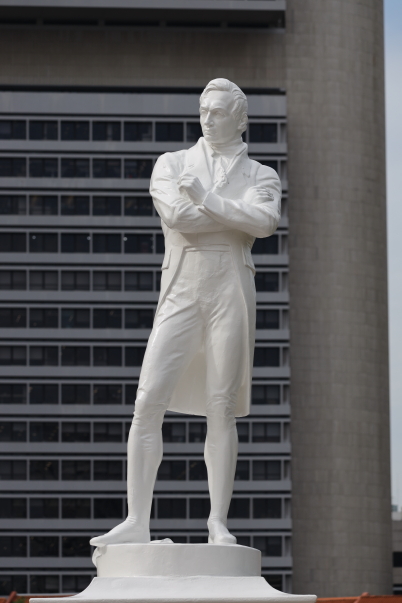
This was taken with a longer focal length from a position that allowed a more level camera angle. It is the same statue as the previous image, but the look and feel are so different!
Meanwhile, the “flattening” effect of perspective compression can be maximised by shooting head on, or from an angle that allows objects to appear stacked.
359mm, standing to the side
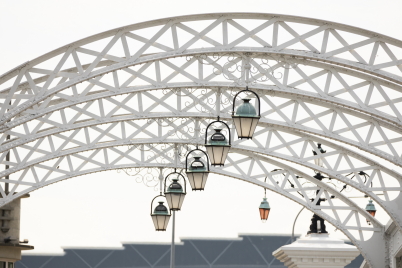
The space between the arches visible on the right hints at the distance between them
300mm, head on

The arches look more densely packed together
Tip: Camera angle matters too
As you may have noticed, tilting the camera or shooting physically closer to the subject can make changes to perspective more prominent. Try doing those the next time you feel dissatisfied with an image—even the slightest tilt can make a huge difference!
Also see:
Exploring Wide Angle Lenses Part 2: Composition Techniques for Wide-Angle Lenses
5 Things to Try with a Telephoto Lens
Why Is a Super Telephoto Lens Necessary for Sports Photography?
4. Closest focusing distance
The closest focusing distance determines how close to a subject we can shoot before the lens becomes unable to focus. It is especially important for close-up scenes where we want the foreground or front of the subject to appear sharp.
Shot at 88mm, f/4.5
One good example is when we take close-ups of food using the shallow focus (bokeh) effect. For such shots, unless there are other details you want to draw attention to, you generally won’t go wrong if you place the focus on the front of the subject. If this part is too near the lens, you won’t be able to focus as desired.
Also see:
Mouth-watering Macro: The Art of Close-up Food Photography
Another example is when we want to maximise the perspective exaggeration effect. For example, in this example shot at 14mm (ultra-wide-angle) on the RF14-35mm f/4L IS USM, shooting with the lens extremely close to the base of the tree trunk increases the perspective exaggeration effect, which makes the trunk look extremely long. The lens’ relatively short closest focusing distance of 0.2m enables nearby details to be captured in sharp focus, otherwise, they would be blurred.
Bet you didn’t know this: Use the closest focusing distance to create foreground bokeh!
Foreground bokeh can be used to frame your subject or add interest to your shot. The best thing is, it doesn’t require much effort to create: just place something appropriate in the foreground. Anything closer to the lens than the closest focusing distance goes out of focus!

Shot by @_neo_ng_ig at f/5, 106mm.
Learn how to create this effect and more in How Do I Effectively Use Foreground Bokeh on a Telephoto Lens?
---
Want to know more about other lens-related concepts and how they affect the images possible with your lens? See:
What Does “Magnification Ratio” Mean?
What Images Can I Get with 0.25x or 0.5x Magnification?
What Are Aperture Blades? How Do They Influence My Photos?
































